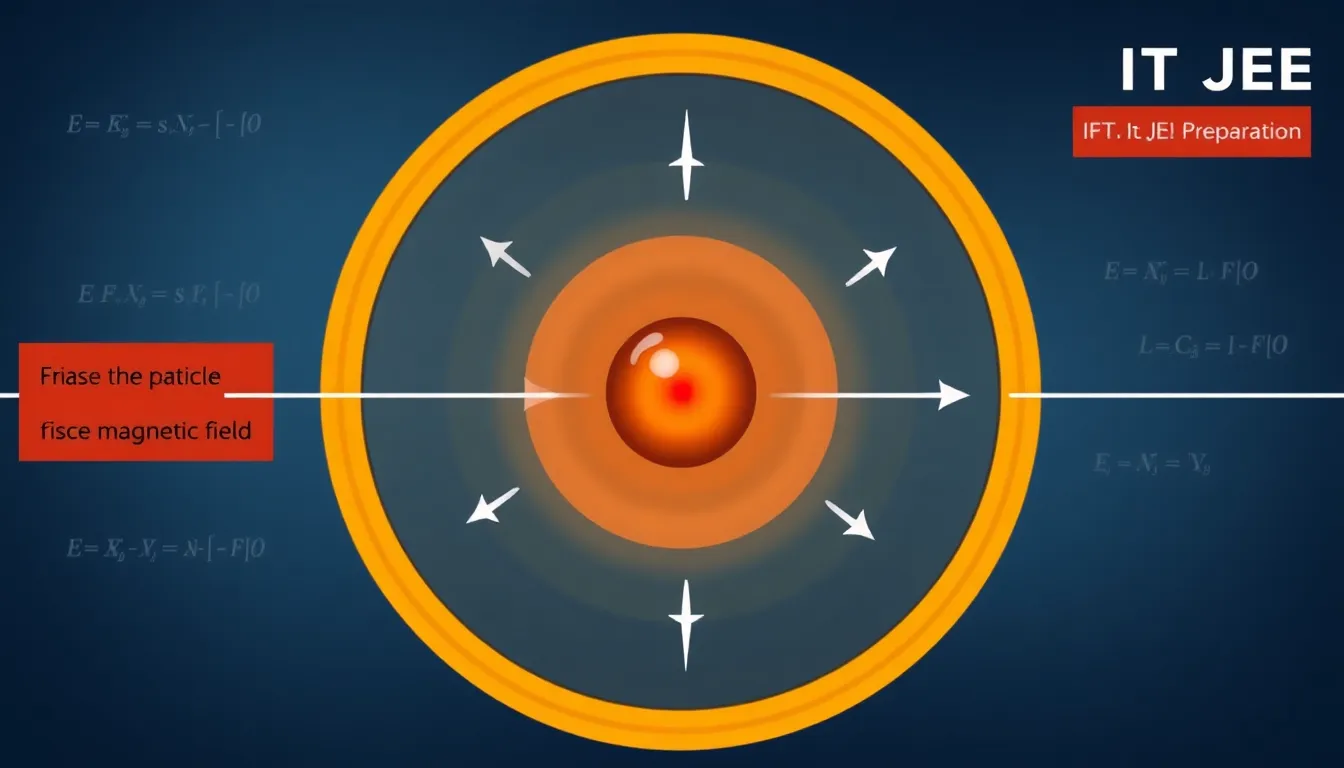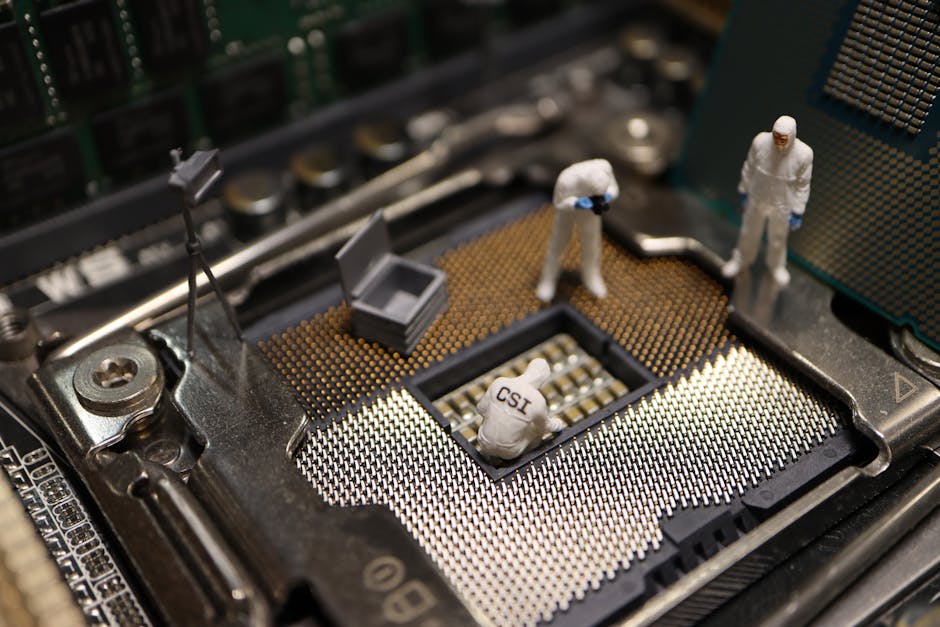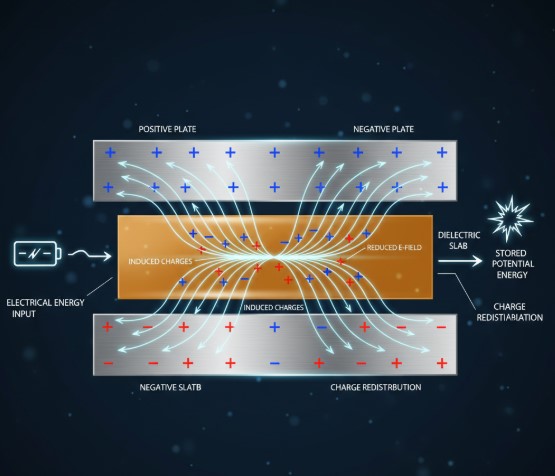IIT JEE particle motion numericals challenge students to apply electromagnetic principles in dynamic scenarios. This guide delves into solving problems involving charged particles in electric and magnetic fields, enhancing your preparation with clear explanations and practical examples.
Table of Contents
Read More
IIT JEE particle motion problems often involve charged particles in electromagnetic fields, testing understanding of forces and circular motion. Mastery requires solving numericals with precision and conceptual clarity.
Analyzing Charged Particle Dynamics
When a charged particle enters a magnetic field, it experiences a force perpendicular to its velocity, leading to circular motion. This fundamental principle is key to solving IIT JEE problems.
Force and Motion Equations
The magnetic force on a charged particle is given by ##\vec{F} = q(\vec{v} \times \vec{B})##, where q is charge, v is velocity, and B is magnetic field strength. This force provides the centripetal acceleration for circular motion.
For a particle of mass m moving in a circle of radius r, the centripetal force is ##\frac{mv^2}{r}##. Equating this to the magnetic force gives the radius formula: ##r = \frac{mv}{qB}##.
Application to Given Problem
In the provided numerical, a particle with charge q = 1 μC (or ##1 \times 10^{-6}## C), mass m = 10⁻⁶ kg, enters a magnetic field B = 0.1 T with velocity v = 100 m/s. Substituting into the formula: ##r = \frac{(10^{-6}) \times 100}{(1 \times 10^{-6}) \times 0.1} = \frac{0.0001}{0.0000001} = 1000## meters.
This result indicates a radius of 1000 meters, showcasing how even small charges and masses can lead to large paths in weak fields, a common trick in IIT JEE questions.
Expanding Beyond Basic Calculations
Beyond simple radius finding, IIT JEE often integrates electric fields or non-uniform conditions, demanding deeper analysis.
Incorporating Electric Fields
When both electric and magnetic fields are present, the net force alters the motion. For example, if an electric field E is applied, the total force is ##q(\vec{E} + \vec{v} \times \vec{B})##, leading to helical or linear paths.
This complexity requires vector addition and understanding of Lorentz force, a staple in advanced IIT JEE problems that test multidimensional thinking.
Real-World Implications
In particle accelerators like cyclotrons, similar principles are used to control particle beams. The radius calculation helps in designing magnetic fields to achieve desired particle energies and paths.
Such applications highlight the practical importance of these numericals, linking textbook problems to cutting-edge technology in physics and engineering.
Key Takeaways
Mastering charged particle motion in fields is essential for IIT JEE success. Practice varied numericals to build intuition and speed, ensuring you can handle any twist in the exam.
| Parameter | Value | Description |
|---|---|---|
| Charge (q) | 1 μC | Microcoulomb charge of the particle |
| Mass (m) | 10⁻⁶ kg | Mass in kilograms |
| Magnetic Field (B) | 0.1 T | Tesla strength of the magnetic field |
| Velocity (v) | 100 m/s | Speed in meters per second |
| Radius (r) | 1000 m | Calculated path radius using r = mv/(qB) |
We also Published
RESOURCES
- Find magnitude of average velocity. | Particle motion | IIT JEE Physics
- A particle motion on a shape curve is governed by x=2sint, y = 3cost a
- The coordinates of a particle moving in a plane are given by x(t …
- A particle is moving with velocity vecv = k( y hat(i) + x hat(j)) , w
- JEE Main Kinematics 1D Previous Year Questions with Solutions
- [Solved] The position co-ordinates of a particle moving in a 3-D coor
- Systems of Particles and Rotational Motion
- Motion in a Straight Line | Physics | JEE Main Previous Year …
- A particle moving with a constant acceleration describes in the last …
- The displacement x of a particle moving in one direction is given by t …







0 Comments